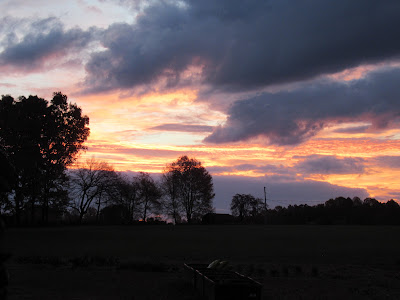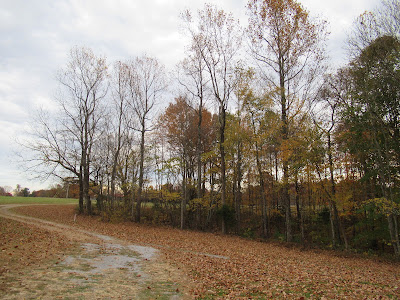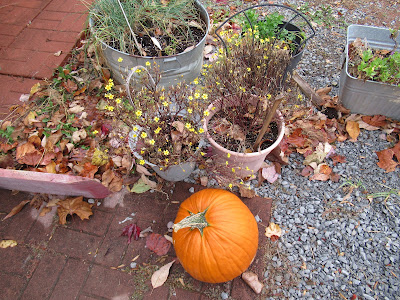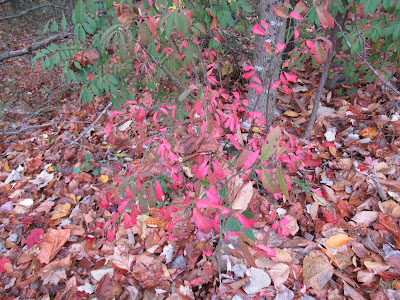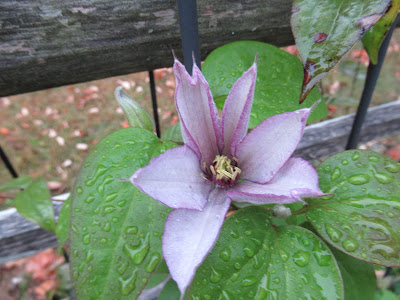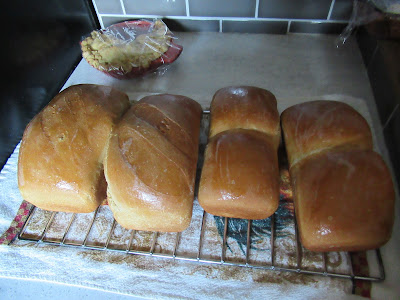Wednesday, October 26, 2022
A Change of Weather: Journal
Sunday, October 23, 2022
Late October; Journal
Friday, October 14, 2022
Out of Steam!
Monday, October 10, 2022
Sojourners
Calendar notes for 5 October, 2022
Daylight mellowing toward dusk on the east side of the house, shadows of evening overlaid on the dry soil of the spent garden plot.
The waxing gibbous moon has already climbed through the branches of the black walnut trees at the edge of the lane.
The lone female hummingbird, absent through the sunny afternoon hours, has returned to cling to the feeder that dangles from the roof overhang of the screened porch.
Two pairs of hummingbirds arrived in April, the males drifting in separately a week before the females.
Six young ones were fledged and joined the group swooping and zooming about the feeders. During the last week of August and the first week of September the birds' consumption of sugar syrup nearly doubled.
The departure of six hummers on 11 September left two females in residence. Watching them we thought sometimes that they had been joined by a third female, a transient stopping for refreshment.
28 September and still two hummingbirds diving about the feeder; next day only one and by the end of day on the 30th I had to concede that the last bird had departed.
There is often a straggler or two needing sustenance, so the feeders remain out with a last offering of syrup.
It was 43 F. at 7:30 on Tuesday morning [ October 4th] the sun creeping slowly around the edge of the barn. Crossing the room, mug of coffee in hand, Jim paused to glance out the south windows.
'There's a hummingbird perched on the feeder; come look!'
The bird, a female, was hunched into her fluffed up feathers looking bedraggled and chilled. As we watched she took a few sips of syrup but seemed disinclined to drink deeply or to fly.
From Tuesday through Saturday we observed a pattern of behavior. The hummer appeared on the rim of the feeder about the time the sun warmed the porch which has a south/east orientation.
She sipped at the nectar only sporadically, seemingly content to cling to the feeder, head tipped back, resting. When she eventually flew to perch in a tree across the lane her flight was slower, less direct than the birds who spent the summer months here.
We noted that the bird's left wing drooped; perching, her wing didn't fold tidily over the tail feathers, instead dangled a bit askew.
In past seasons during fall migration a transient may be with us for 24-48 hours, refueling at the feeder before continuing on its way. Never has one recognizable bird stayed longer.
As the lone female stayed through 6 days we suspected this was becoming her final stop. It is too easy, always, to anthropomorphize, to attribute human reasoning to an animal or bird. Still, it seemed that the hummingbird was aware of her lack of stamina to continue the annual flight to a warmer winter land.
Each evening found her clinging to the syrup feeder, nearly motionless, left wing drooping.
On Saturday evening I was outside prowling about the dooryard, walking the edges of the mostly gone-by garden, culling a few late green tomatoes, cold, round globes that may never fully ripen.
In the west the last colors of sunset had faded to streaks of dull ocher. Willis-the-cat- trundled behind me as I snipped satin-cool blooms of Roald Dahl roses. From a distant ridge the bark of a hound welcomed the rising moon.
The hummingbird still huddled on the rim of the feeder when with chilled hands and ears, I went indoors for the night.
We didn't really expect 'our' hummingbird to appear on Sunday. Still, throughout the day whenever I passed the windows that look onto the screened porch, my eyes were drawn to the nectar feeder.
I can never know, but I suspect that as the first frost of the season silvered the meadow and the full moon traversed the sky, the hummingbird, chilled and weary, lost her hold on life.
The notes I've kept for several years don't indicate the presence of transient hummers beyond October 10th, but the feeder will remain in place for a few more days.
Throughout the summer we enjoy the presence of these tiny, busy sojourners. It becomes automatic to glance at the feeders as we pass the windows or to 'take a break' in the porch rockers where we can watch the frenetic activity of the resident hummers. The reflection of their wings is patterned on the window panes, flashes across the ceiling.
Early in April the nectar feeders will again be hung from the porch eaves and we will eagerly watch for the first hummingbird arrivals.
